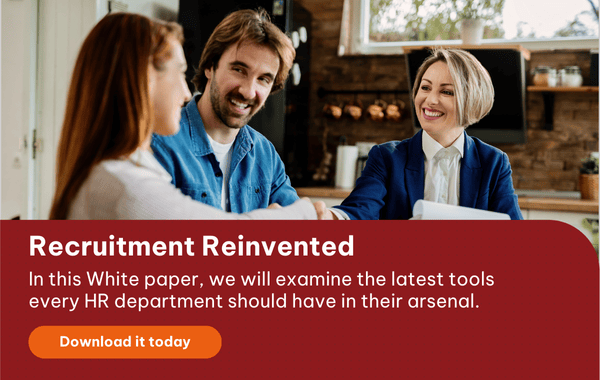There have been many efforts to learn and analyse the drives behind the way humans behave, and more specifically, to understand how employers and candidates make decisions before and after the hiring process. It is revealed through behavioural science that most of our actions are decided under the influence of automatic, instinctive and intuitive thought processes.
Behavioural science is the science of studying our subconscious actions and how we can prevent it from affecting our decisions. Behavioural science combines psychology, neuroscience and economics, discovering how we make decisions and behave in the ways that we do.
Read more: Back to Basics - What is Talent Management

For HR executives and managers, behavioural science provides the key to improving the acquisition process and enhancing the quality of their talent pool. Behavioural science will help HR de-bias recruitment, improve the choice of words in job adverts to attract the best-suited candidates. For internal employee management, behavioural science offers important insights into employee behaviour which can be really effective when dealing with HR issues.
Read more: Agile Recruitment: Is it Better than the Traditional Approach?
Identifying the perfect fit for your organisation
The traditional recruitment process tends to be dependent on the recruiter’s opinions rather than the candidate’s actual capability and performance. Therefore, the hiring decision has been heavily affected by our automatic, instinctive, and intuitive thought processes.
The human native behaviour tends to choose the people who resemble us or our current colleagues during the hiring process. Our decision to choose the ones who will fit in the vacant position can be influenced with:
- Affinity bias – to rank those who are similar to us, or someone we know, higher
- The mere exposure effect – to like the things that we have been exposed to
- And status quo bias – the likelihood of the recruiters looking for candidates who are similar to those they have hired before
These biases will cause employers to leave out candidates for their differences without even realising it. For instance, differences in race, gender, ethnicity or socioeconomic status of the candidates can result in them being disqualified unintentionally.
Read more: Confidently Make Hiring Decisions with Job Fit Solution
The decision that we make, including the important ones, are often made quickly and are influenced more by context than by reasoned thoughts. Besides, hiring to fill in a short-term fit is easy, while predicting the candidate’s fit for future development within the organisation can be quite challenging for recruiting professionals.
Application of behavioural science in recruitment
Make sure you’ve planned out a clear definition of organisation fit as well as person – job fit with a clear description of the employee characteristics that the organisation needs and the future vision of the organisation’s culture so that you’ll have a guideline when it comes to evaluating the ‘fitting’ feature.
The recruitment advert is also one of the key elements because it is the first impression that attracts the potential candidates. However, job adverts tend to be seen as a secondary component of the process compared to the employer’s brand and reputation. The language you decided to use in your job descriptions will likely be attractive to a specific demographic group over others.
For example, job adverts contain words that are appealing to female would likely attract female candidates.
Read more: What Organisations Need to Know about the Candidate Experience
Social media is an effective tool for organisations to expand their reach to the potential candidates, including those who aren’t looking for a job. A successful hiring advert can reach thousands of people, thereby increasing not only the number of applicants but also the overall candidate pool quality.
Finally, employers can also apply behavioural science concepts to reach out to the most appropriate candidates. For example, the recruiters can encourage more applications by stressing the urgency and uniqueness of the opportunity. Because of loss aversion – the fact that we perceive losses about twice as much as we weigh equivalent gains, and the tendency to respond to social norms – following our peers’ actions, making the candidates feel like they're losing an opportunity for not applying. An experience on LinkedIn has proven this to be true. By showing the amount of “clicks” to apply for a recruitment advert, the number of applications for the job increased by 3 percentage points.
Read more: How to Future-Proof Your Organisation from the Inside Out
In the second part, we will look into the role of behavioural science in improving the recruitment assessment process, candidate experience and employee engagement.
Click HERE to read Part 2!
Download our Whitepaper to learn more about the latest trends and updates in Talent Management.
 English
English  Vietnamese
Vietnamese 

